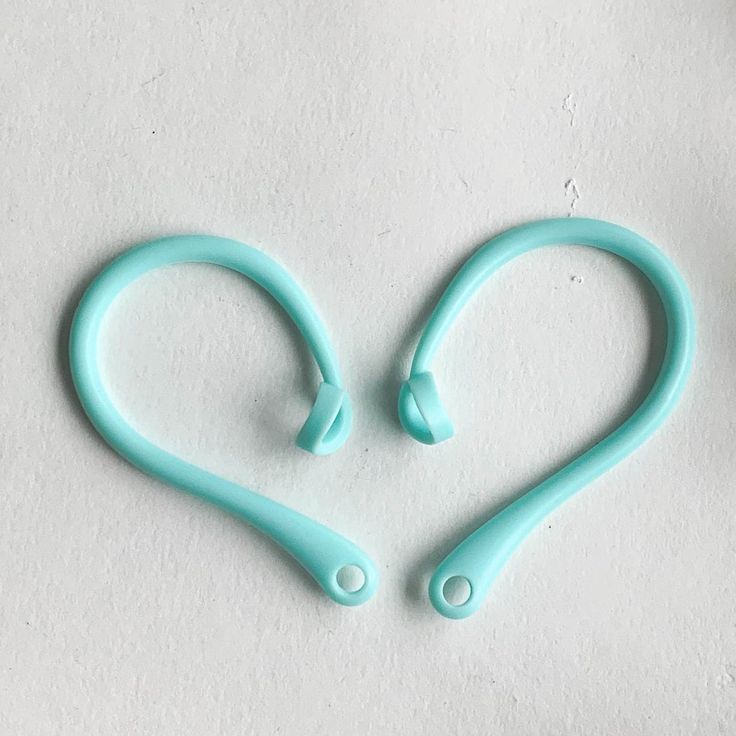Your phone is an investment, and protecting it is crucial. A phone case not only safeguards your device from drops and scratches, but it also allows you to express your style. However, with a plethora of materials available, choosing the best one can be overwhelming. This article aims to break down the pros and cons of various phone case materials, guiding you towards the ideal choice for your needs and preferences.
Silicone: Soft and Grippy
Silicone cases are popular for their soft, rubbery feel and excellent grip. They offer decent protection against minor bumps and drops while remaining lightweight and affordable.
Pros
-
- Soft and comfortable to hold
- Excellent grip, reducing the risk of drops
- Shock-absorbent, protecting your phone from minor impacts
- Lightweight and doesn’t add bulk to your phone
- Available in a wide variety of colors and designs
- Generally affordable
Cons
-
-
- Can attract dust and lint
- May discolor over time, especially with lighter colors
- Not the most durable option, susceptible to tears and punctures
-
TPU: The Flexible Hybrid
TPU (Thermoplastic Polyurethane) is a versatile material that combines the flexibility of silicone with the durability of plastic. It’s a popular choice for those seeking a balance of protection and style.
-
Pros:
- Durable and resistant to scratches and tears
- Flexible, allowing for easy installation and removal
- Shock-absorbent, offering good protection against drops
- Relatively slim and lightweight
-
Cons:
- Can be slippery, especially with smooth finishes
- May yellow over time, particularly with clear cases
- Limited design options compared to silicone
Hard Plastic (Polycarbonate): Slim and Protective
Polycarbonate is a rigid plastic that provides excellent protection against scratches and impacts. It’s a favored material for those who prioritize protection and a slim profile.
-
Pros:
- Extremely durable and scratch-resistant
- Slim and lightweight, adding minimal bulk to your phone
- Available in a vast array of colors and designs, including clear options
-
Cons:
- Can be brittle and may crack under significant pressure
- May not offer as much shock absorption as softer materials
- Can be slippery, especially with smooth finishes
Leather: Timeless Elegance
Leather cases exude sophistication and class. They develop a unique patina over time, adding character and charm.
-
Pros:
- Luxurious look and feel
- Develops a beautiful patina with age
- Offers a good grip
- Provides decent protection against scratches and minor bumps
-
Cons:
- Can be expensive
- Less durable than other materials, susceptible to scratches and water damage
- Requires special care to maintain its appearance
Wood: Natural Beauty
Wood cases offer a natural and eco-friendly alternative. Each case is unique due to the natural variations in wood grain.
-
Pros:
- Unique and stylish, showcasing the natural beauty of wood
- Eco-friendly and sustainable
- Offers a good grip
-
Cons:
- Can be expensive
- Less durable than other materials, susceptible to scratches and water damage
- Requires special care to maintain its appearance
Metal: Sleek and Modern
Metal cases provide a sleek and modern aesthetic. They’re often combined with other materials for added protection and grip.
-
Pros:
- Durable and resistant to scratches
- Offers a premium and sophisticated look
- Can enhance signal reception in some cases
-
Cons:
- Can be expensive
- Can interfere with wireless charging and signal reception in some cases
- Can be slippery, especially with smooth finishes
Hybrid Cases: The Best of Both Worlds
Hybrid cases combine multiple materials to offer the benefits of each. For example, a case might have a TPU bumper for shock absorption and a polycarbonate back for scratch resistance.
-
Pros:
- Combines the advantages of different materials
- Offers enhanced protection and style
- Can be customized to your specific needs
-
Cons:
- Can be bulky, adding more weight and size to your phone
- May be more expensive than single-material cases
Factors to Consider When Choosing
Besides the material itself, several factors should influence your phone case decision.
- Lifestyle: Consider how you use your phone and the level of protection you need. If you’re active or prone to drops, prioritize durability and shock absorption.
- Style: Choose a material and design that complements your personal aesthetic.
- Grip: If you frequently drop your phone, opt for a material with good grip, such as silicone or leather.
- Budget: Set a budget and explore options within that range. Remember, a higher price doesn’t always guarantee the best quality or suitability.
The best material for a phone case ultimately depends on your individual needs and preferences. Consider your lifestyle, style, and budget when making your decision. Remember, a good phone case should not only protect your device but also reflect your personality.

Beyond the Basics: Exploring Niche Materials
While the materials mentioned above are the most common choices, there are other niche options that cater to specific needs and preferences.
Aramid Fiber: Strong and Lightweight
Aramid fiber, also known as Kevlar, is a high-strength synthetic fiber used in bulletproof vests and aerospace applications. It offers exceptional durability and a unique textured look.
-
Pros:
- Extremely strong and resistant to scratches and impacts
- Lightweight and thin, adding minimal bulk to your phone
- Offers a unique, textured appearance
-
Cons:
- Can be expensive
- Limited design options compared to other materials
- May not offer as much shock absorption as softer materials
Biodegradable Materials: Eco-Friendly Choice
With growing environmental concerns, biodegradable phone cases made from materials like plant-based plastics or recycled materials are becoming increasingly popular.
-
Pros:
- Environmentally friendly and sustainable
- Offers decent protection against scratches and minor bumps
- Can be compostable or recyclable at the end of its life
-
Cons:
- May not be as durable as traditional materials
- Limited design options compared to other materials
- Can be more expensive than conventional cases
Fabric Cases: Soft and Stylish
Fabric cases, often made from materials like canvas or linen, offer a soft and stylish alternative. They provide a unique texture and can be personalized with embroidery or prints.
-
Pros:
- Soft and comfortable to hold
- Offers a unique and stylish look
- Can be personalized with designs or patterns
-
Cons:
- Less durable than other materials, susceptible to stains and tears
- May not offer as much protection against drops and impacts
- Requires more care to maintain its appearance
Making Your Decision: Key Considerations
With so many materials to choose from, how do you decide which one is best for you? Here are some key factors to consider:
- Protection Level: Assess your lifestyle and how often you drop your phone. If you’re accident-prone, prioritize durable materials like polycarbonate or aramid fiber.
- Style Preferences: Consider your personal aesthetic and choose a material and design that complements your style.
- Grip: If you value a secure hold, prioritize materials with good grip like silicone, leather, or wood.
- Budget: Set a realistic budget and explore options within that range. Remember, a higher price doesn’t always equate to better quality or suitability.
- Additional Features: Some cases offer extra features like built-in wallets, kickstands, or MagSafe compatibility. Consider if these features are important to you.
- Environmental Impact: If sustainability is a priority, explore cases made from biodegradable or recycled materials.

Conclusion
Choosing the best material for your phone case is a personal decision. There’s no single “right” answer, as the ideal choice depends on your individual needs and preferences. By understanding the pros and cons of each material and considering the factors mentioned above, you can confidently select a case that protects your phone, complements your style, and fits your budget. Remember, a phone case is more than just protection – it’s an extension of your personality and a way to express yourself.











